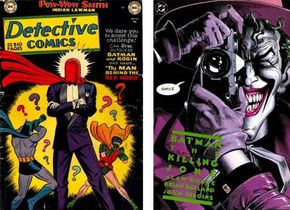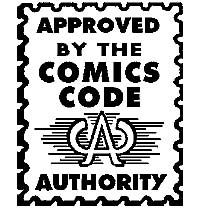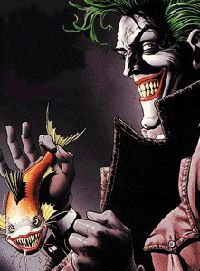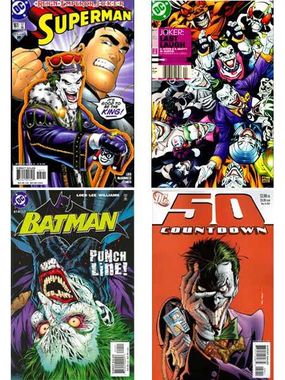"Once again a master criminal stalks the city streets -- a criminal weaving a web of death about him -- leaving stricken victims behind wearing a ghastly clown's grin -- the sign of death from THE JOKER!"
-- Batman #1, 1940
Advertisement
Green hair, white skin, a red grin and an unlimited supply of purple suits -- when a certain playing card made its appearance at the end of the big-screen relaunch "Batman Begins," fans started clamoring for every grainy image or leaked plot detail about everyone's favorite Bat-villain. The Joker, played by Heath Ledger, made his return to the big screen in "The Dark Knight" in summer 2008.
But long before the Joker was mixing it up in big-budget summer movies, he was making Batman's life miserable in the monthly titles of DC Comics' Batman and Detective Comics series.
The Joker's First Appearance
The Joker was originally conceived during the Golden Age of comics as an evil court jester. He made his first appearance in Batman #1 (1940). The original Joker resembled actor Conrad Veidt as he looked in the silent film "The Man Who Laughs."
Baffling both Batman and the Gotham Police Department, the Joker made his debut as a master thief and mass murderer. He announced the name and exact time of death of his next victim over the radio. The Joker accomplished this feat by poisoning his victims with a time-released, facial-contracting poison known as Joker Toxin.
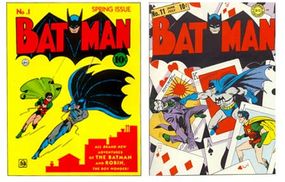
In this first portrayal, the Joker was a calculating killer who left victims with a permanent death grin. While he was slated to be killed off from a knife wound in his second appearance in the same issue, the DC editorial department felt the character had potential. At the last minute, a panel was added at the end of the comic revealing that the Joker was still alive. This started the trend of having the Joker meet his apparent demise only to be revealed as alive and well.
Advertisement

